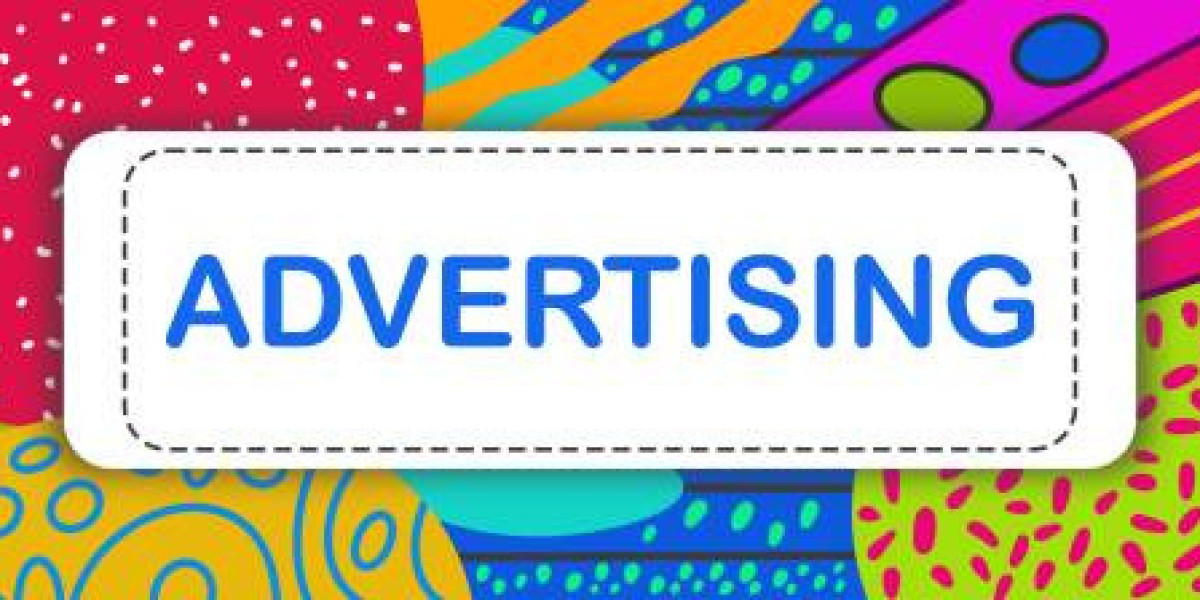Advertising is an essential tool in the marketing world, often blending creativity with strategy to persuade consumers. However, not every advertisement relies solely on factual information or emotional appeal. In many cases, brands utilize misleading techniques that exploit human psychology. This is where logical fallacies come into play. These fallacies, intentionally or unintentionally, mislead consumers by presenting flawed reasoning as truth. By understanding these tactics, we can become more discerning customers, less likely to fall for deceptive advertising methods.
What Are Logical Fallacies?
Logical fallacies are errors in reasoning that weaken arguments. They are commonly used to manipulate audiences and create emotional reactions that lead to impulsive decisions. When advertisers use these tactics, they distract from the product's actual features and instead rely on cognitive biases. The use of fallacies isn't limited to one industry; it's prevalent across fashion, food, politics, beauty, technology, and more. Recognizing fallacies in advertisements examples can empower consumers to critically evaluate what they see and hear.
Common Types of Fallacies in Advertising
One of the most frequently used fallacies in advertising is the appeal to authority, where a product is endorsed by a celebrity or expert, even if that person lacks relevant expertise. For example, a famous actor promoting a skincare product might convince viewers it's effective simply because of the celebrity's status. In reality, this endorsement holds no scientific merit unless the actor has dermatological expertise.
Another popular fallacy is the bandwagon fallacy, which implies that a product must be good because everyone is using it. Phrases like “Join millions who trust us” create a fear of missing out and push consumers to conform rather than analyze. This psychological pressure can influence decisions more than the product's actual benefits.
False cause fallacies are also widespread. An advertisement might suggest that using a product will lead to a specific positive outcome, like happiness or success, without any causal link. For instance, a perfume ad that shows a person becoming instantly attractive and desirable after applying the fragrance is clearly exaggerating a correlation that doesn’t exist.
Why Do Advertisers Use Fallacies?
Advertisers use fallacies because they work. They tap into emotions such as fear, desire, guilt, or envy, triggering responses that bypass critical thinking. These emotional appeals are often more powerful than logical arguments, especially in a fast-paced media environment where attention spans are limited. Marketers understand this and craft messages that grab attention and stick, even if the underlying logic is flawed. This tactic has proven effective in shaping consumer behavior, making it a go-to strategy for many advertising campaigns.
Recognizing Fallacies in Advertisements Examples
Understanding how to spot fallacies in advertisements examples requires attention to the language and structure of the message. Ask yourself whether the claim is supported by evidence or if it's relying on emotion or popularity. Look for vague language, exaggerations, or endorsements that lack relevance. For example, a cereal brand that claims its product is “doctor recommended” without naming the doctor or providing context may be using an appeal to authority without substance. Learning to analyze these patterns can help you cut through the noise and focus on the product’s real value.
Impact on Consumer Behavior
When consumers are unaware of fallacies, they are more susceptible to being misled. This can lead to impulsive purchases, buyer's remorse, or even a lack of trust in advertising over time. On the flip side, consumers who recognize these tactics become more confident in their decision-making. Advertisers who use honest and transparent messaging often build stronger, more loyal customer bases because they respect the intelligence of their audience. As digital literacy grows, the ability to spot fallacies in advertisements examples becomes a key skill in navigating today’s media landscape.
Legal and Ethical Considerations
While not all fallacies are illegal, many are ethically questionable. Regulatory bodies like the FTC in the United States have guidelines to ensure advertising remains truthful and not misleading. However, enforcement can be challenging, especially in digital spaces like social media, where influencers often promote products with minimal disclosure. Ethical advertising respects the consumer’s right to accurate information, while deceptive practices can lead to lawsuits, damaged reputations, and lost revenue. Responsible marketers understand that long-term trust outweighs short-term gains.
Fallacies in the Digital Age
The rise of social media and influencer marketing has amplified the use of fallacies. Influencers often present products as must-haves without revealing sponsorships or affiliations. The false dilemma fallacy is common in this space presenting only two options when many exist. For example, an influencer might say, “You’re either glowing with this serum or stuck with dull skin,” ignoring other skincare solutions. As more people turn to social platforms for recommendations, understanding these tactics becomes even more crucial.
How to Become a Critical Consumer
Becoming a critical consumer involves more than just identifying fallacies. It means asking questions, doing your own research, and understanding your needs before purchasing. Look beyond the marketing language and evaluate the actual product features, reviews, and expert opinions. A well-informed consumer is harder to manipulate, which ultimately pushes brands to adopt more honest advertising strategies. Teaching media literacy in schools and communities can also play a vital role in preparing people to navigate the complex world of modern advertising.
FAQs
What are some examples of fallacies in advertisements?
Examples include celebrity endorsements without expertise (appeal to authority), claiming everyone uses the product (bandwagon), or suggesting unrealistic results like instant success from using a product (false cause).
Why are fallacies used in ads?
Fallacies are used because they influence emotions and decision-making quickly, which helps advertisers capture attention and drive sales, even if the logic is flawed.
Are fallacies in ads illegal?
Not all fallacies are illegal. However, misleading or deceptive advertising can violate laws and regulations, depending on the jurisdiction and the degree of the falsehood.
How can I avoid being misled by advertising fallacies?
Stay skeptical, research claims, check for credible sources, and be aware of emotional appeals that lack factual support.
Can fallacies actually improve ad effectiveness?
Yes, fallacies can make ads more persuasive by tapping into emotions, social pressures, or desires, though they often sacrifice honesty and transparency.
Conclusion
In a world overflowing with marketing messages, learning to recognize fallacies in advertisements examples is more important than ever. These deceptive tactics are designed to bypass logic and appeal directly to emotion, often leaving consumers with skewed perceptions. However, through media literacy and critical thinking, we can protect ourselves from being misled. Brands that choose honesty and integrity in their messaging will ultimately thrive in a marketplace that increasingly values trust. Consumers hold the power to demand transparency, and recognizing advertising fallacies is the first step toward that goal.
Author Bio
Written by Mark Lewis, a seasoned content strategist and digital advertising expert with deep insights into behavioral marketing and ad networks. Mark shares expert tips and analysis through PropellerAds, a leading platform for performance-driven advertising. Discover more about smart advertising strategies at PropellerAds.








